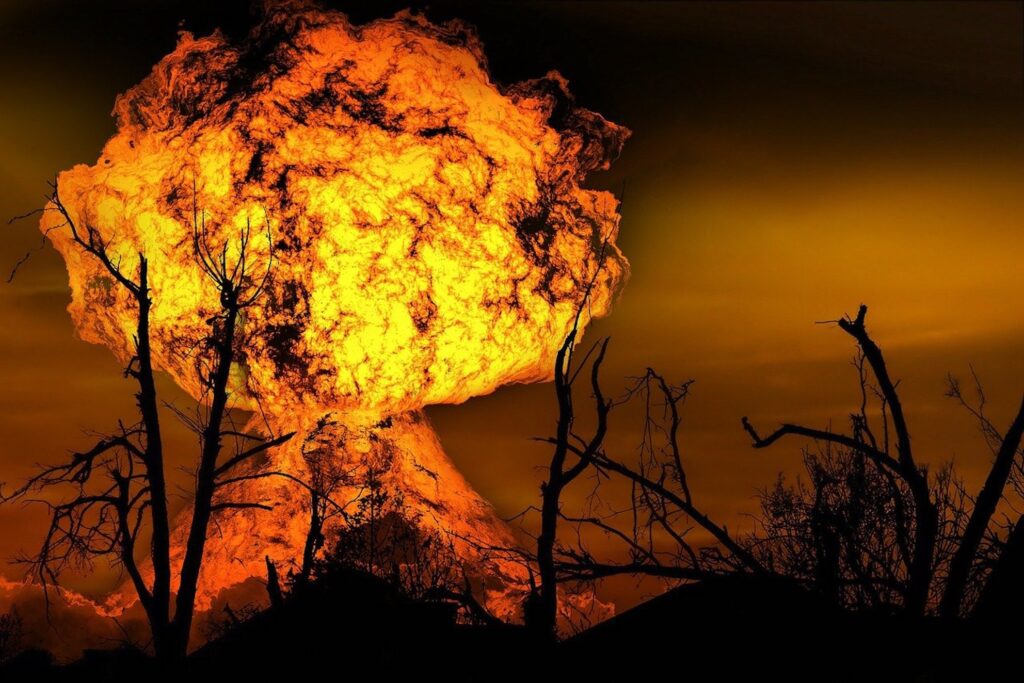India ranked sixth in the Climate Risk Index 2025 by Germanwatch, facing over 400 extreme weather events from 1993-2022, resulting in 80,000 deaths and $180 billion in losses. The country accounted for 10% of global fatalities from such events and 4.3% of total economic damage. The report highlights inadequate climate finance, with COP29 failing to deliver a strong New Collective Quantified Goal (NCQG). The report’s findings are derived from extreme weather event data provided by the International Disaster Database (Em-DAT) and socio-economic data from the International Monetary Fund (IMF). Four other countries in the top 10 most affected list are Greece, Spain, Vanuatu, and the Philippines, Hindustan Times reported.
Flood isolates North Queensland towns, more heavy rain expected
Heavy rainfall hit the north Queensland coast cutting off towns near the Gulf of Carpentaria. Flood-hit communities may be isolated for more than a week in northern Australia after more rain was forecast, the Guardian reported. Shops have run out of basic supplies like bread and milk. Rainfall has spread west but continues to hit the north Queensland coast, which has been lashed for more than a week, claiming two lives and forcing hundreds of residents to evacuate. Rainfall has spread west but continues to hit the north Queensland coast which has been lashed for more than a week, claiming two lives and forcing hundreds of residents to evacuate.
Lightning kills 5 as storm Elvis hits Madagascar
Madagascar was hit by storm, Elvis, that reportedly killed at least five people, Mongabay reported adding that those killed were caught in “lightning events” in Vohibato district in eastern Madagascar, according to a European Civil Protection and Humanitarian Aid Operations (ECHO) report. The outlet reported that Elvis formed over the Mozambique Channel, between Madagascar and the African mainland, on Jan. 28 and struck the southwestern coast of Madagascar a day later. It caused heavy rainfall and strong winds in the southern part of the country, with maximum sustained winds of 84 kilometers per hour (52 miles per hour). The cities of Toliara and Taolagnaro recorded rainfall levels of 196 and 178 millimeters (7.7 and 7 inches) respectively over the course of five days, The Guardian reported.
Study: Natural world heritage sites threatened by climate extremes
“Natural” world heritage sites, such as the Galápagos Islands, Serengeti national park and Great Barrier Reef, will be impacted by extreme heat, rain and drought by the end of the century, researchers warn, reported Carbon Brief citing the study, published in Communications Earth & Environment. The study assesses the impacts of extreme weather on 250 natural world heritage sites, under different emissions scenarios. Natural world heritage sites are areas recognised by the UN Educational, Scientific and Cultural Organization (Unesco) for their “natural beauty or outstanding biodiversity, ecosystem and geological values”, the report said.
According to the findings, under a low-emissions scenario, 33 of the 250 heritage sites will face at least one “climate pressure” by 2100 while under a moderate scenario, 188 sites will be impacted. Under the highest emissions scenarios, the authors find that nearly all sites will experience extreme heat exposure, with many also facing the compounding impacts of drought or extreme rainfall, the report said.
Temperatures cross 20°C above average, beyond ice melting point, at North Pole
Temperatures at the north pole crossed 20°C above average on February 2, 2025, over the threshold of ice’s melting point of 0°C, reported the Guardian, citing models from weather agencies in Europe and the US.
“This was a very extreme winter warming event,” the newspaper quoted Mika Rantanen, a scientist at the Finnish Meteorological Institute. Burning fossil fuels has warmed the planet by about 1.3°C since preindustrial times, but the poles are warming much faster as reflective sea ice melts, the news outlet said, adding that the increase in average temperatures has driven an increase in fiercely hot summers and unsettlingly mild winters. The Arctic has warmed nearly four times faster than the global average since 1979, and extreme heat has become hotter and more common, the report said.
Dataset created for global future of coral bleaching risk in the 21st century
Researchers created a new dataset of past, present and projected future coral bleaching from 1985 to 2100. The dataset includes sea surface temperatures, heat stress anomalies and information on severe coral bleaching conditions from the past, and future projections – up to 2100 – under three Shared Socioeconomic Pathways. The data and a map can be viewed on an online portal, the researchers noted, adding that future projections will help conservation managers and policymakers to “quantify 21st century coral loss across the world’s coral reef regions”.
Research: Planted forests in China have higher drought risk than natural forests
New research found that planted forests in China are less able to cope with drought than natural forests. The study used satellite observations over 2001-2020 to understand forest drought risk. Researchers found that planted forests exhibit lower drought resilience and resistance than natural forests, particularly subtropical broad-leaved evergreen and warm temperate deciduous broad-leaved forests. Lower forest canopy height and poorer soil nutrients are among the factors responsible for planted forests’ higher drought risk, according to the researchers. They emphasise the need for “enhanced [forest] management strategies” as droughts become more frequent and severe.
About The Author
You may also like
Air Pollution is Changing the Lightning Patterns in India, Study Finds
Temporary CO2 Removal Will Help Offset Methane Emissions: Report
Rise in Fossil Fuel Burning is Making Floods Lethal in Asia
Heatwaves Drove 9% of India’s Power Demand in the Summer of 2024
World Off-Track on Climate Goals as Temperatures are Predicted to Rise: Report

